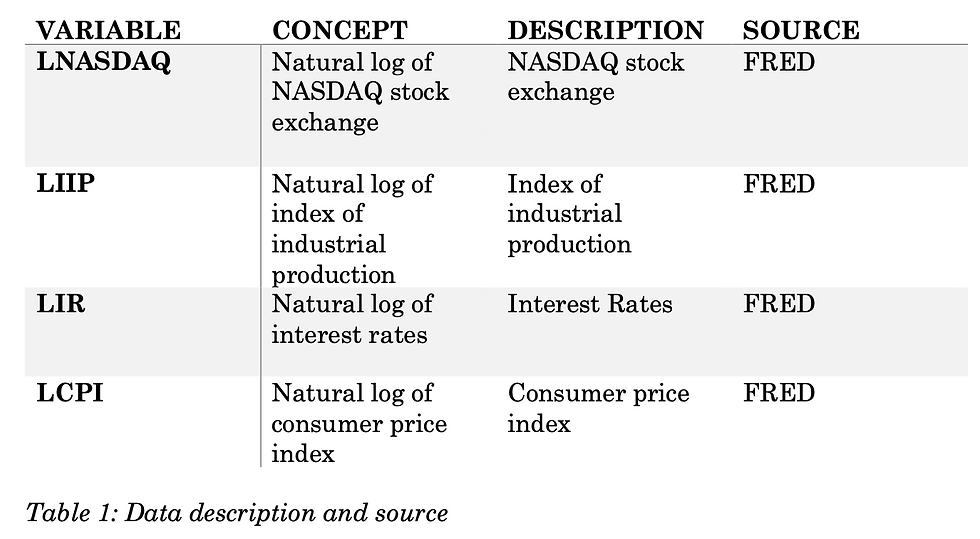The IKEA Effect in Finance
- Loredana Mehmeti
- Mar 22, 2021
- 3 min read
Imagine spending a weekend assembling a flat-pack wardrobe from IKEA. By the end, you’re frustrated, tired, and perhaps slightly injured, but also oddly proud. That wardrobe, despite its minor wonkiness, now holds greater value in your eyes than an identical one built by someone else. This is the IKEA Effect: a cognitive bias where people place disproportionately high value on products they partially created themselves.
Originally identified in behavioural psychology, the IKEA Effect has implications far beyond furniture. In the world of finance, this bias can lead to irrational decision-making, inflated asset valuation, and stubbornness in the face of failing investments. So, how exactly does this phenomenon shape our financial behaviour?
Building Investments, Building Attachment
In the investment world, DIY investors often take pride in selecting their own stocks, analysing charts, or even crafting bespoke portfolios. This sense of authorship can create an emotional attachment to their financial “creations”. The more time and effort poured into researching or constructing an investment, the more valuable it feels - regardless of its actual performance.
This is particularly evident in retail investing. For example, someone who spends hours researching a little known company and decides to buy shares may feel emotionally invested in that decision. Even if the company starts underperforming, they might resist selling, convinced that their initial analysis will eventually pay off. They've “built” this position, and like the IKEA wardrobe, it now holds sentimental as well as financial value.
The Perils of Overvaluation
The IKEA Effect can cloud judgment, leading investors to overestimate the value of their portfolios or specific assets. This often results in:
Holding onto losing positions longer than necessary due to emotional attachment.
Ignoring external advice because it challenges the “built” narrative of one’s strategy.
Overconfidence in personal research, even when it contradicts broader market signals.
In corporate finance, similar biases can occur. Entrepreneurs or founders may overvalue their businesses because they’ve invested significant time, money, and effort. This can create friction in negotiations with investors or buyers, who assess the business more objectively.
Case Study: Cryptocurrency and the DIY Trader
Cryptocurrency trading has become a fertile ground for the IKEA Effect. The decentralised, accessible nature of the space has encouraged a legion of DIY traders. These individuals often dive deep into Reddit forums, whitepapers, and Twitter threads, constructing their own investment theses.
Once they've selected a coin, especially an obscure one, they’re likely to stick with it despite volatility. After all, they’ve “done the research” and possibly even built part of the infrastructure around the token (e.g: setting up wallets, participating in governance). This added effort deepens the psychological investment, making it harder to cut losses when needed.
Mitigating the Bias
Awareness is the first step in mitigating the IKEA Effect in financial decisions. Here are a few practical strategies:
Seek external feedback: A second opinion from a financial advisor or a more experienced investor can provide a reality check.
Use objective metrics: Regularly assess investments against clear performance benchmarks rather than how much effort went into choosing them.
Set exit rules: Predetermine when to sell an asset based on data-driven criteria rather than emotion.
The IKEA Effect reminds us that effort and emotion can distort our perception of value. In finance, this bias can be costly, leading us to hold onto poor investments or resist necessary changes to our strategies. While there’s nothing wrong with taking pride in your financial journey, it's crucial to pair that pride with objectivity. After all, the market doesn’t care how hard you worked on your portfolio, it only values results. :)




Kommentare